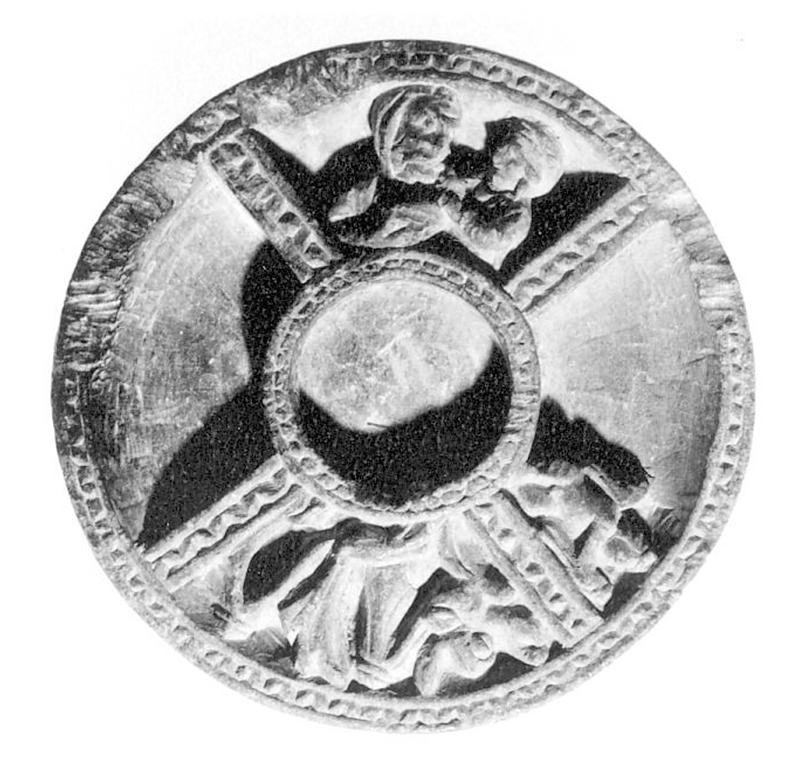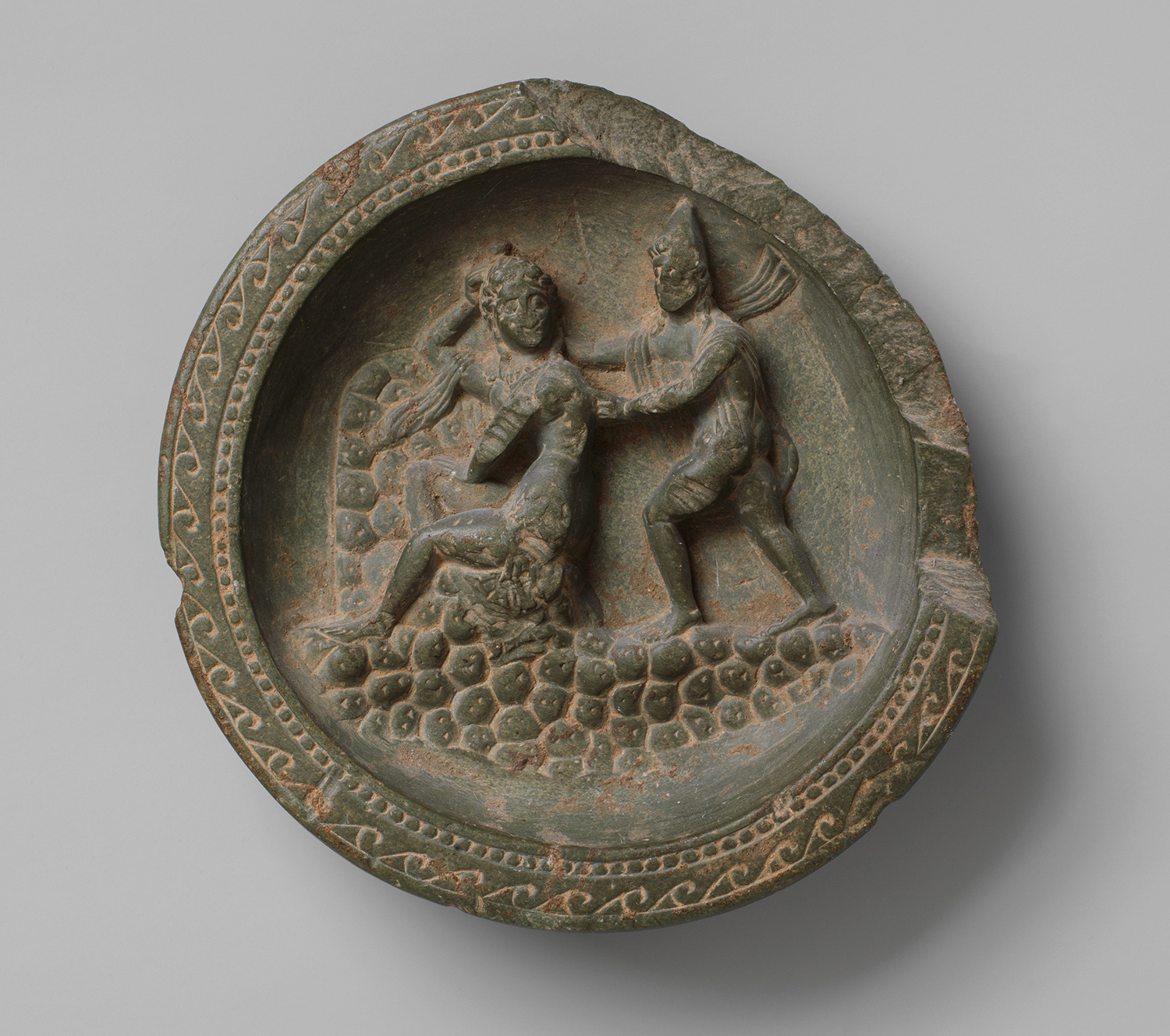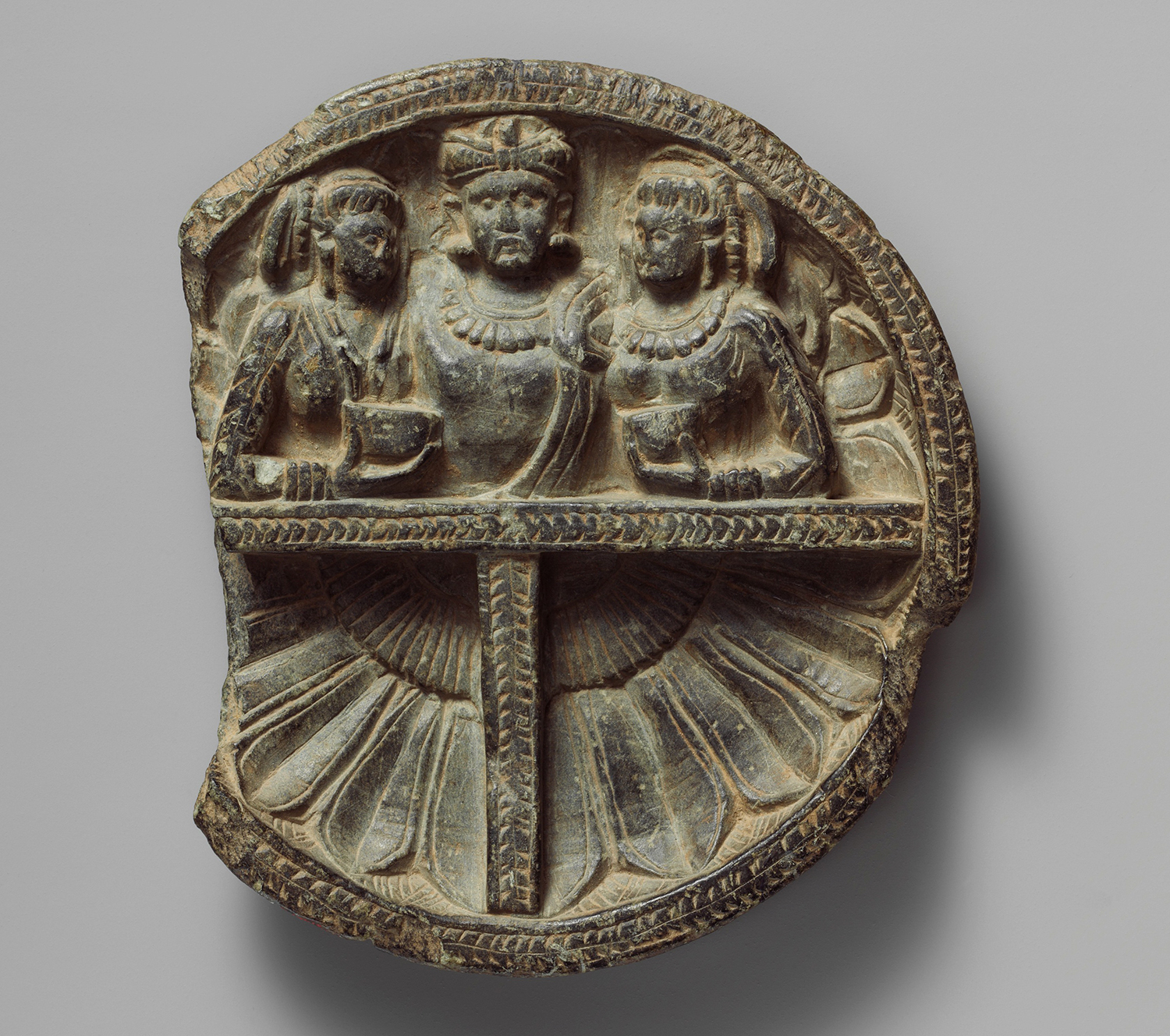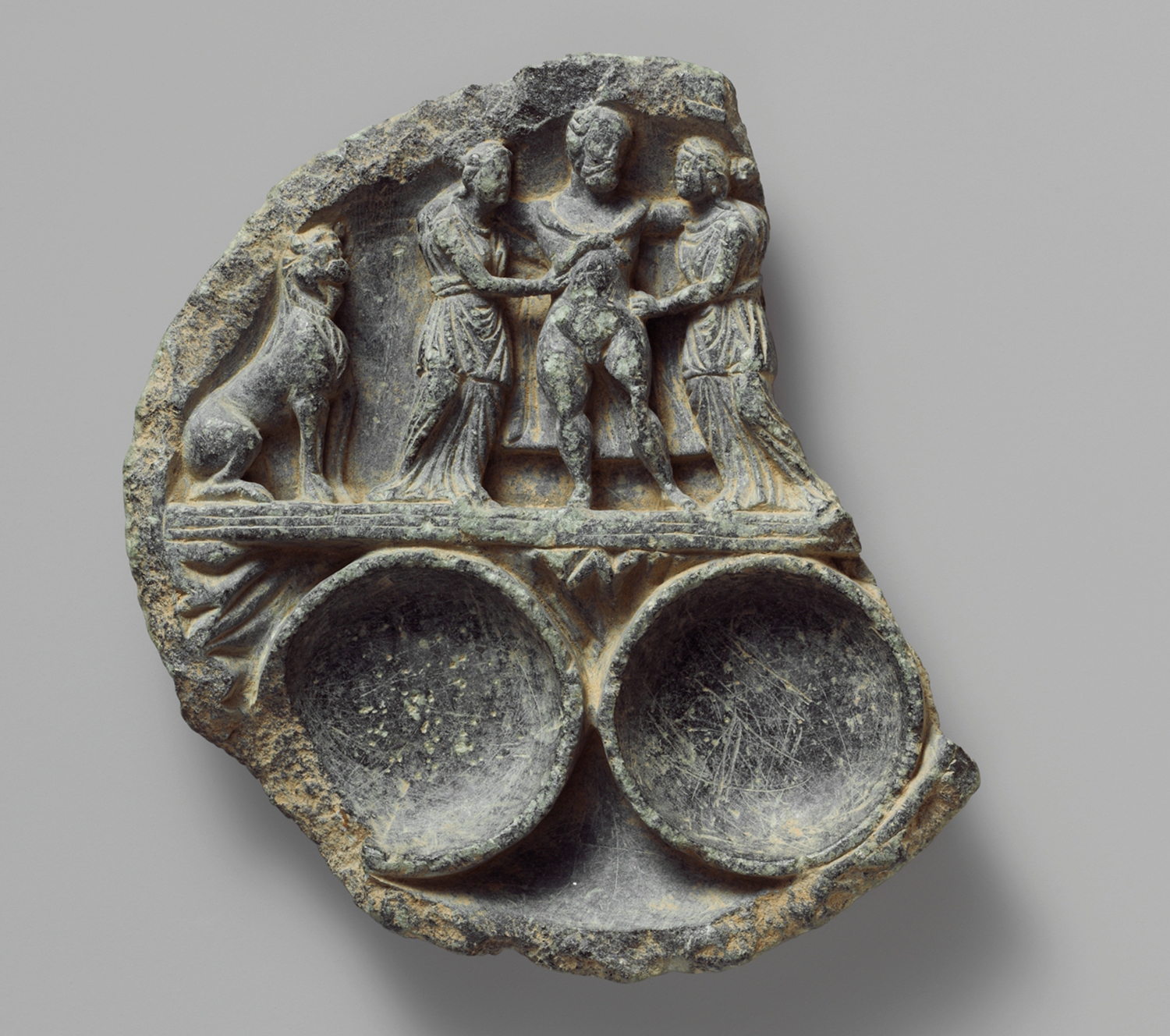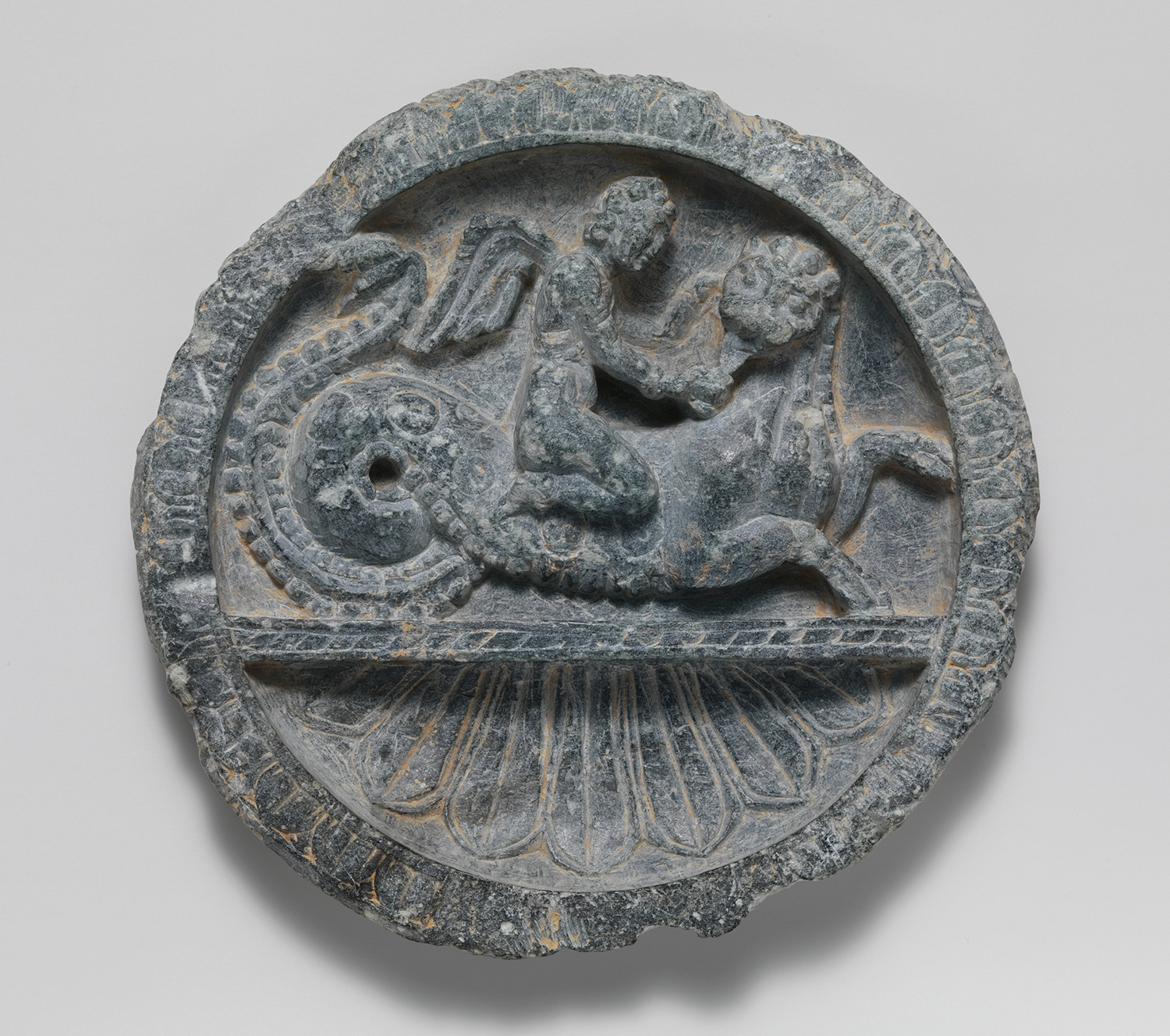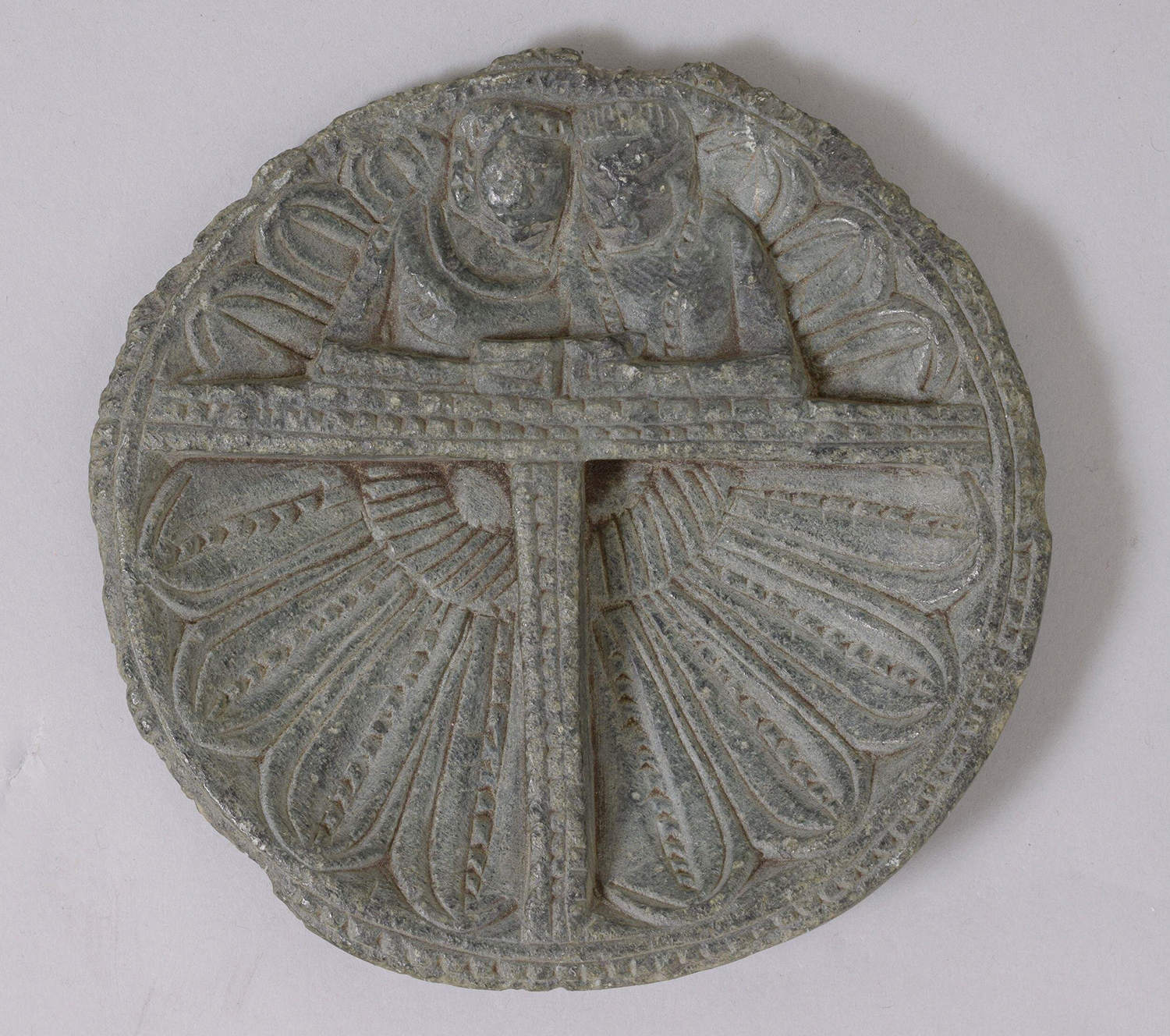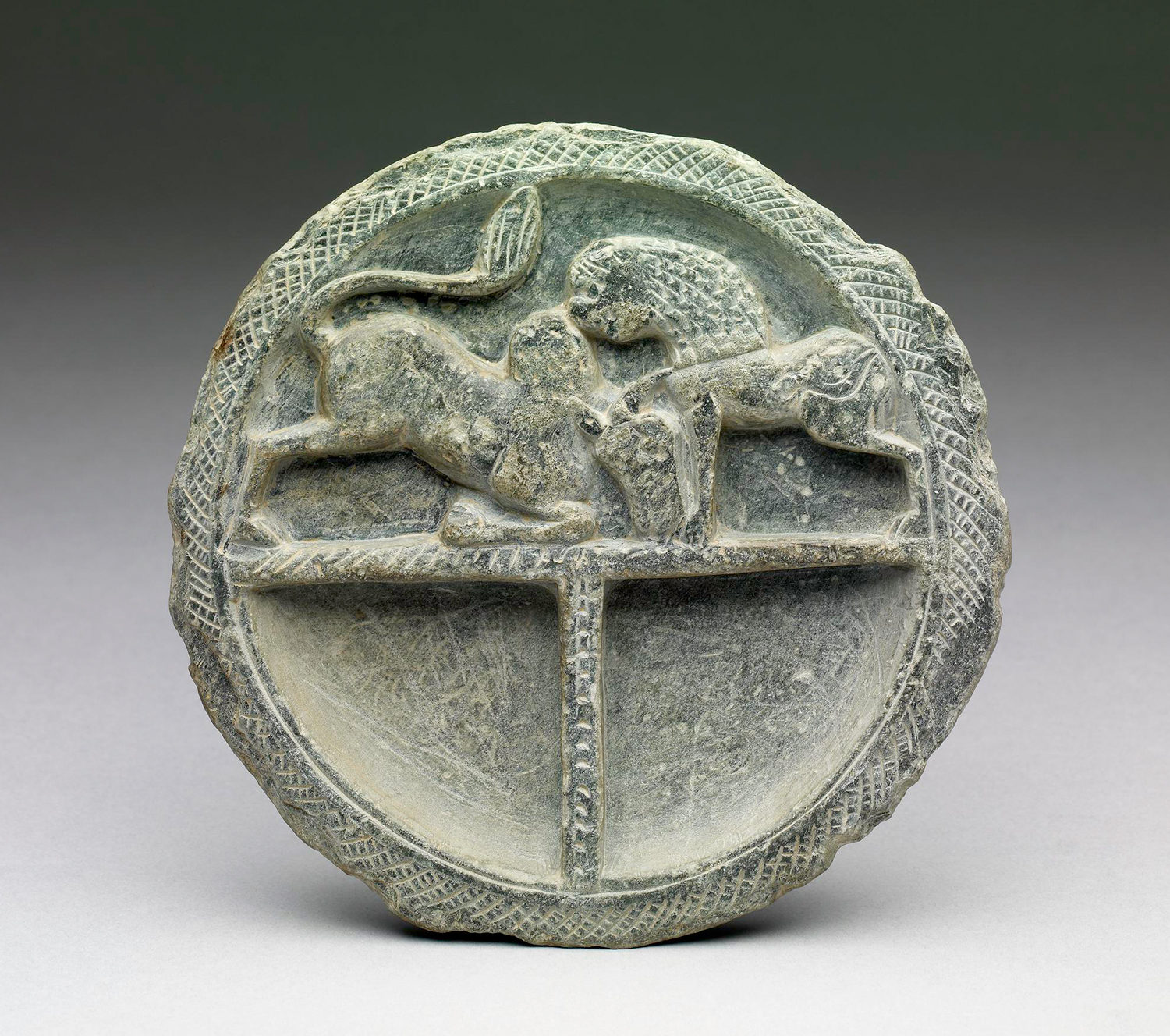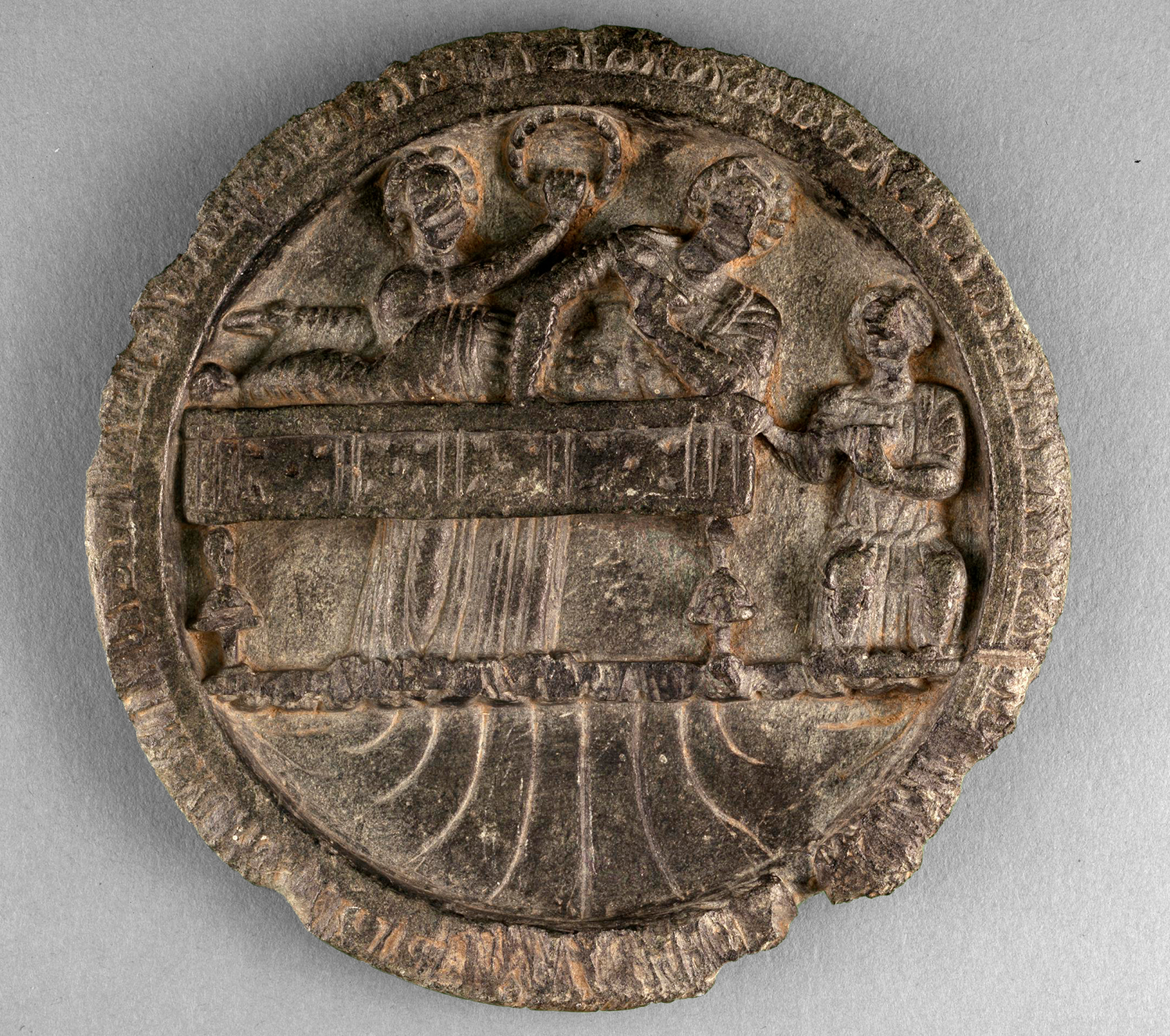ARTICLE
Carved Stone Dishes from Gandhara
While their distinctive style, antiquity and presence in museum collections makes them valuable objects of art in the contemporary world, there has been speculation and debate regarding the original function of the stone dishes. The minimal wear on the dishes as well as their iconography suggest that they were made for ritual rather than utilitarian or ornamental purposes. The division of the dishes into internal sections points to their use for libations and other offerings. However, unlike other Gandharan sculpture, the artefacts have been found in the remains of houses and not of sacred structures, which might indicate that they were used for rituals practised within the domestic context. In all probability, the plates were likely considered luxury goods at the time, partly because of their highly skilled craftsmanship and given their predominant emergence from important urban centres. Speculations about the social structure of Gandharan society also suggest that the Dionysian cult, whose iconography is frequently seen on the plates, was limited to the elite class.
Although largely accepted as ritual objects today, they were initially thought of as ‘toilet trays’ or cosmetic containers based on an interpretation of a relief sculpture from Butkara (in present-day Swat, Pakistan) showing a woman applying makeup from a circular dish. By the 2000s however, this theory was abandoned as none of the artefacts showed traces of the cosmetic pigments or pastes that were found in other containers at excavation sites in Gandhara. The specifics of the dishes’ ritual use, however, have not been conclusively resolved, and it has been suggested that the plates may have been used for Buddhist funerary rituals rather than Dionysian ceremonies.
Today the dishes are part of collections across the world, the largest being housed in The Metropolitan Museum of Art, New York.
Bibliography
Ahuja, Naman P. “Exploring Iconographic Syncretism in Gandhara.” The Aesthetics Project, March 2, 2016. YouTube video, 1:36:58. https://www.youtube.com/watch?v=4V65StZ1vAU.
Behrendt, Kurt A. The Art of Gandhara in the Metropolitan Museum of Art. New York: Metropolitan Museum of Art, 2007.
Brancaccio, Pia, and Xinru Liu. “Dionysus and Drama in the Buddhist Art of Gandhara.” Journal of Global History 4, no. 2 (July 2009): 219–44. https://doi.org/10.1017/S1740022809003131.
Carter, Martha L. “Dionysiac Aspects of Kushan Art.” Ars Orientalis 7 (1968): 121–46. http://www.jstor.org/stable/4629244.
Carter, Martha L. “The Bacchants of Mathura: New Evidence of Dionysiac Yaksha Imagery from Kushan Mathura.” The Bulletin of the Cleveland Museum of Art 69, no. 8 (October 1982): 247–57. http://www.jstor.org/stable/25159785.
Falk, Harry. “Libation Trays from Gandhara.” Bulletin of the Asia Institute, 24 (2010): 89–113. http://www.jstor.org/stable/43896122.
Falk, Harry. “Making Wine in Gandhara Under Buddhist Monastic Supervision.” Bulletin of the Asia Institute 23 (2009): 65–78. http://www.jstor.org/stable/24049424.
The Metropolitan Museum of Art. “Dish with Apollo and Daphne.” The Collection: Asian Art. Accessed June 02, 2023. https://www.metmuseum.org/art/collection/search/38093.
The Metropolitan Museum of Art. “Dish with a Mythological Couple (Perhaps Apollo and Daphne).” The Collection: Asian Art. Accessed June 02, 2023. https://www.metmuseum.org/art/collection/search/38094.




